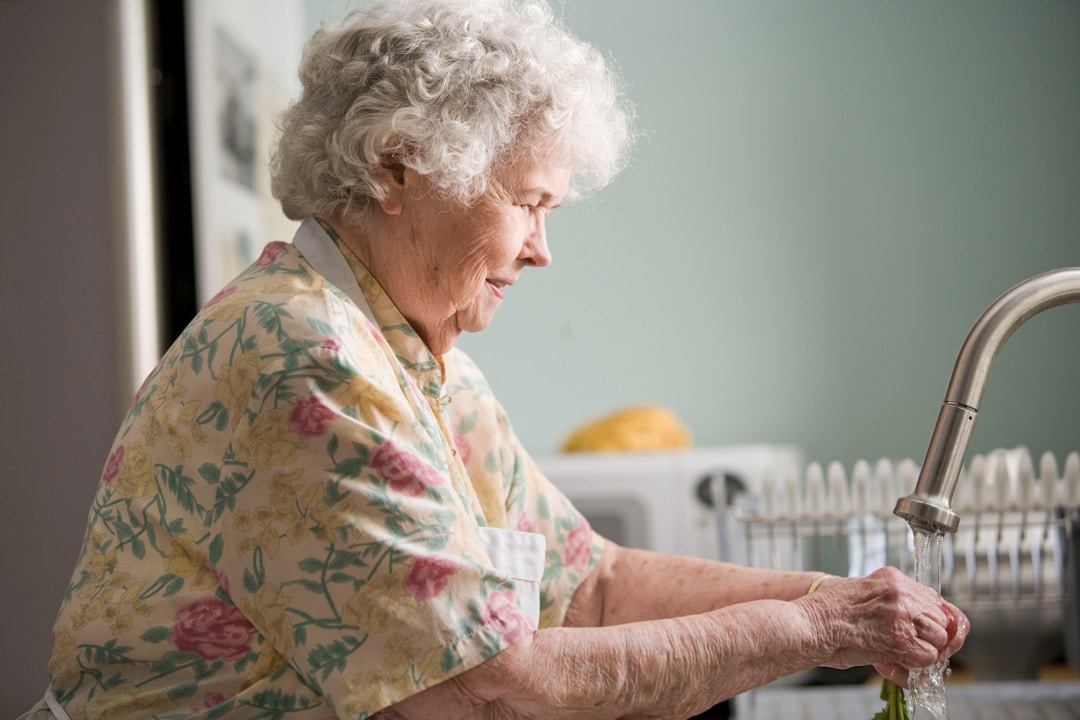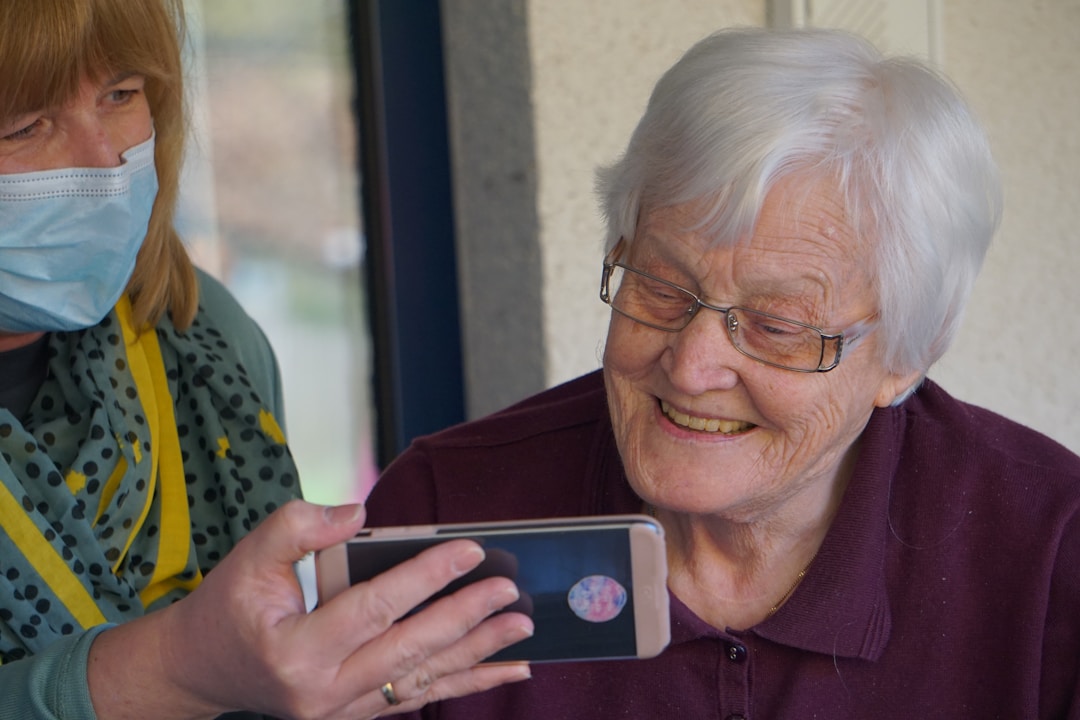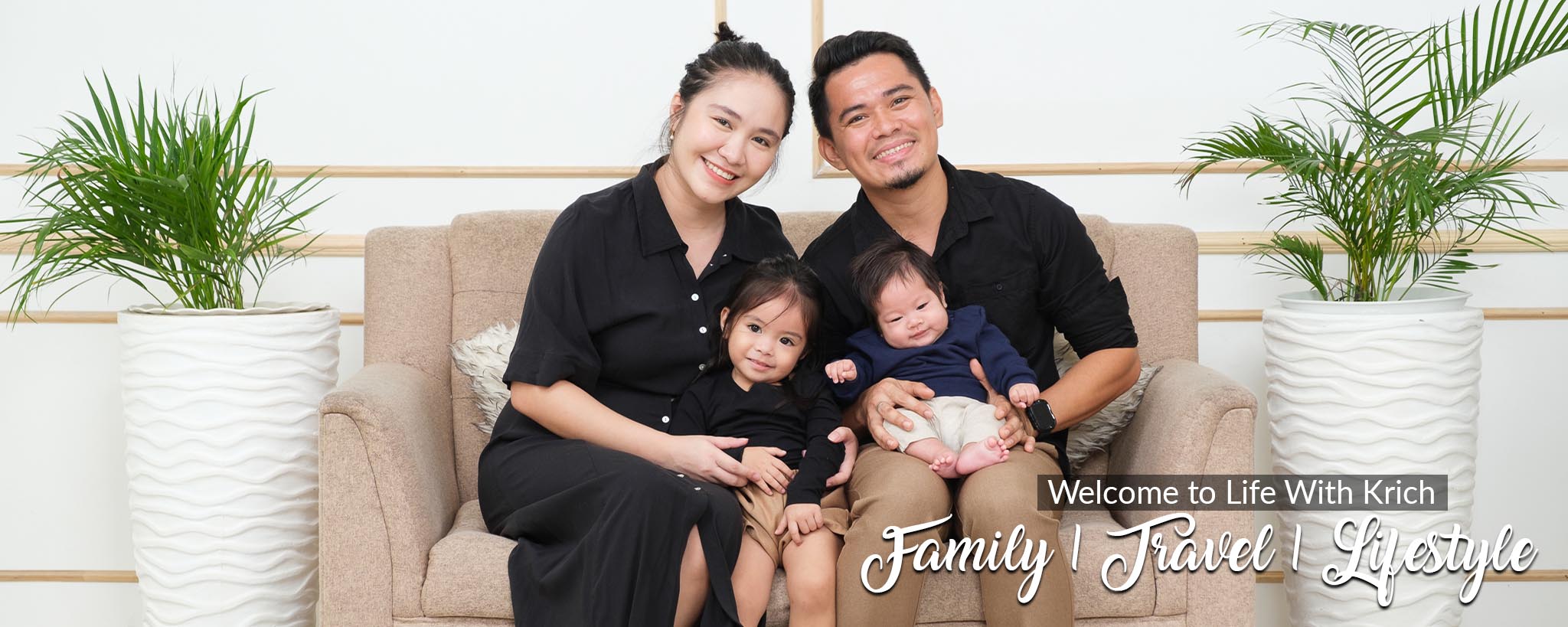Bringing an elderly relative into your home can be a rewarding yet challenging experience. Ensuring their comfort and safety while maintaining a harmonious living environment requires careful thought. Whether they need assistance with daily tasks or just a change in scenery, adjusting your home to meet their needs can make all the difference. Below, we will discuss essential tips to help make the transition smoother for you and your elderly relative.
Creating a Comfortable and Safe Environment for Your Elderly Relative

The first step in accommodating an elderly relative is to create a space that feels both welcoming and secure. Start by removing any hazards in common areas like rugs, low furniture, or sharp corners. A well-organized space with clear pathways can reduce the risk of falls and give your relative the confidence to move around.
Make sure the temperature in the home is controlled for their comfort. It’s important to keep the house warm in the colder months, especially if your relative suffers from circulation problems. On the other hand, during hot weather, a properly functioning air conditioning system is essential for their well-being. You can consult with professionals like Beaver Heating & Air Yuba City, CA, to ensure your home’s heating and cooling systems are in optimal condition.
Another key factor to consider is the furniture and layout of the living space. Opt for chairs and couches with sturdy armrests, making it easier for your relative to sit down and stand up. If possible, dedicate a room or a corner of a room where they can have privacy but still feel included in family activities, allowing them to enjoy their own space without feeling isolated.
Finally, adequate lighting is vital in any area they frequently use. Soft, bright lighting can help prevent accidents, especially during the evening when it’s harder to see. Motion-sensor lights in hallways or bathrooms are excellent choices for reducing fall risk during nighttime visits to these areas.
Ensuring Easy Mobility and Accessibility at Home
Mobility may become a daily challenge for an elderly relative. It’s crucial to assess and modify the home to improve their independence. Widening doorways and installing ramps can make it easier for them to navigate different areas without assistance. A home that is easy to move through will promote a sense of independence and confidence.
Bathrooms require particular attention. Installing grab bars near the toilet and in the shower or bathtub offers support while your relative uses the space. Non-slip mats or decals in the shower can also reduce the risk of slips, creating a safer environment where your relative can feel secure.
Elevators or stairlifts may be a practical investment if your home has multiple levels. These devices can make it easier for your elderly relative to access bedrooms, bathrooms, and living spaces without straining their body. Sometimes, a more straightforward solution may include ensuring they have everything they need on one floor.
In addition to structural changes, it’s important to provide transportation options for your elderly relative if they need to leave the house. A service like Uber for seniors can offer a reliable and accessible means of transportation, ensuring they don’t feel isolated and can easily attend appointments, social events or run errands.
Fostering Emotional Support and Connection for Your Elderly Relative

As they adjust to their new living situation, your elderly relative may experience feelings of loneliness or sadness. Establishing regular communication with them is vital, as well as showing empathy and offering an open ear. Make time to engage in conversations or shared activities that allow them to express themselves and feel heard.
Building a support network is also essential. Encourage family and friends to visit regularly, as social interaction can significantly boost their mental and emotional well-being. Knowing they have a circle of people to lean on can alleviate feelings of isolation and remind them that they are loved and valued.
Incorporating hobbies or interests they enjoy into their routine can also provide a sense of purpose and fulfillment. Whether it’s a craft, gardening, or watching a favorite TV show, shared activities can strengthen your bond and make you feel more at home. Offering small tasks or responsibilities within the household also helps them maintain a sense of independence.
Lastly, be mindful of any signs of depression or anxiety, as elderly individuals may not always vocalize their emotional struggles. Watch for changes in behavior, sleep patterns, or appetite, and be proactive in addressing these concerns by seeking professional help if necessary.
Overall, moving an elderly relative into your home requires thoughtful adjustments to ensure their safety, mobility, and emotional well-being. By providing a comfortable, accessible environment and fostering a supportive atmosphere, you can help them feel secure and loved during this transition.
Related Articles:
– 10 Things to Know Before You Retire
– 15 TRUTHs About Therapy: What It Is, How It Helps, and Who Needs It
– Mother’s Day in the Philippines and Around the World
– A Comprehensive Guide to Maintaining a Clean and Healthy Home Environment
– Modern Crystal Glass Trends for Decor
– Tips for Giving Your Home a Stylish Update

